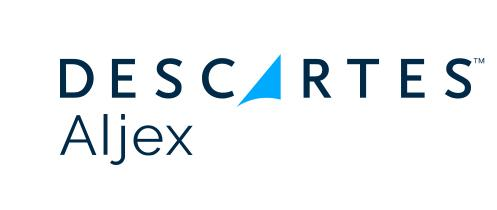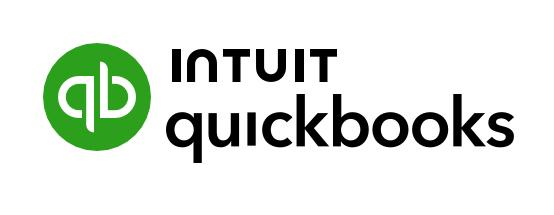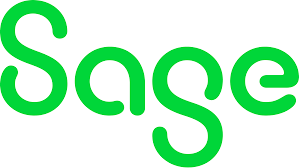Accounting & Internal Controls
Accounting tasks involve various activities related to recording, analyzing, and reporting financial transactions and information, enhanced through AI-assisted automation and support.
Accounting
Bookkeeping
Utilizing AI-assisted automation to record financial transactions, we maintain accurate and up-to-date records of income, expenses, assets, liabilities, and equity. This includes data entry, ledger maintenance, and account reconciliation, supported by our diligent team to ensure accuracy.
Financial Statement Preparation
We prepare financial statements, including balance sheets, income statements, and cash flow statements, through AI tools that streamline the compilation process. This provides an overview of your company’s financial position, performance, and cash flows efficiently, with human oversight for accuracy.
Accounts Payable
Our AI-assisted system manages and processes payments to suppliers, vendors, and creditors. This includes reviewing and verifying invoices, recording payment data, and ensuring timely payments, while our team ensures compliance and accuracy throughout the process.
Accounts Receivable
Leveraging AI support, we manage customer invoices and payment tracking effectively. This involves generating invoices, sending reminders for overdue payments, and recording incoming payments, ensuring a streamlined process with human intervention for complex issues.
Payroll Processing
Our AI tools assist in calculating and processing employee salaries, benefits, taxes, and deductions, ensuring timely and accurate payments. We maintain compliance with payroll tax regulations while our team ensures meticulous record-keeping and addresses any payroll-related inquiries.
Bank Reconciliation
Through AI-assisted reconciliation, we compare company records with bank statements to accurately account for all transactions. This automation helps identify discrepancies and errors swiftly, with our team available to resolve any inconsistencies.
Financial Analysis
We analyze financial data to assess your company’s performance, profitability, and liquidity using AI-driven analytics. This includes calculating financial ratios, interpreting trends, and delivering insights for decision-making, supported by experienced professionals.
Budgeting and Forecasting
Our AI-assisted tools create and manage budgets, aiding in planning and controlling expenses and revenues. We develop financial forecasts, monitor performance against budgeted amounts, and make necessary adjustments, all while providing expert human analysis.
Audit Preparation
We assist in preparing and coordinating external and internal audits with AI tools that organize and provide necessary financial information and supporting documents. Our team ensures compliance with audit procedures and requirements to facilitate a smooth audit process.
Financial Software Management
Utilizing advanced accounting software and ERP systems, we streamline accounting processes and maintain accurate records. Our AI support enhances data reconciliation and reporting, while our team is ready to troubleshoot and resolve any issues that may arise.
Financial Advisory
Through AI-assisted analysis, we provide financial advice and guidance based on trends and industry benchmarks. This assistance aids in decision-making, strategic planning, and risk management, ensuring that our recommendations are backed by data and human expertise.
Internal control
Internal control tasks are designed to safeguard assets, ensure accurate financial reporting, promote operational efficiency, and enhance compliance, supported by both AI tools and human oversight. By implementing effective internal controls, we work to mitigate risks, prevent fraud, and maintain the integrity of financial reporting for your business. Our team collaborates with AI systems to monitor processes and continuously improve internal control mechanisms, ensuring a solid foundation for your organization’s financial health.
Risk Assessment
Identifying and assessing risks that could impact the achievement of organizational objectives. This involves analyzing potential threats, evaluating their likelihood and impact, and prioritizing risks for effective control measures.
Segregation of Duties
Separating key duties and responsibilities among different individuals to minimize the risk of fraud or errors. This ensures that no single person has complete control over a critical process and provides checks and balances.
Authorization and Approval
Establishing clear levels of authority and approval processes for transactions, expenditures, access to resources, and other activities. This ensures that decisions and actions are properly authorized and comply with organizational policies and procedures.
IT General Controls
Implementing controls to safeguard information technology systems and data. This includes measures such as user access controls, password policies, data backups, network security, and regular system updates and patches.
Monitoring and Surveillance
Regularly monitoring and reviewing operations, processes, and transactions to detect and address any deviations, errors, or irregularities. This may involve periodic reviews, reconciliations, exception reporting, and data analysis.
Documentation and Recordkeeping
Maintaining accurate and complete documentation and records of transactions, policies, procedures, and controls. This includes maintaining records of approvals, authorizations, financial statements, and other relevant documents.
Training and Awareness
Providing training and guidance to employees on internal control policies, procedures, and best practices. This ensures that individuals understand their roles and responsibilities and are aware of the importance of internal controls.
Compliance Monitoring
Ensuring compliance with applicable laws, regulations, and industry standards. This includes monitoring changes in regulations, conducting compliance reviews, and implementing controls to address specific compliance requirements.
Incident Reporting and Investigation
Establishing a mechanism for reporting and investigating potential control breaches, irregularities, or suspicious activities. This enables timely identification and resolution of control weaknesses or fraudulent activities.
Management Review and Oversight
Regularly reviewing internal controls and their effectiveness at various levels of the organization. This involves management review meetings, internal audits, and addressing control deficiencies or recommendations for improvement.
Continuous Improvement
Implementing a process of continuous improvement for internal controls by periodically assessing the effectiveness of controls, identifying areas for enhancement, and implementing remedial actions.






